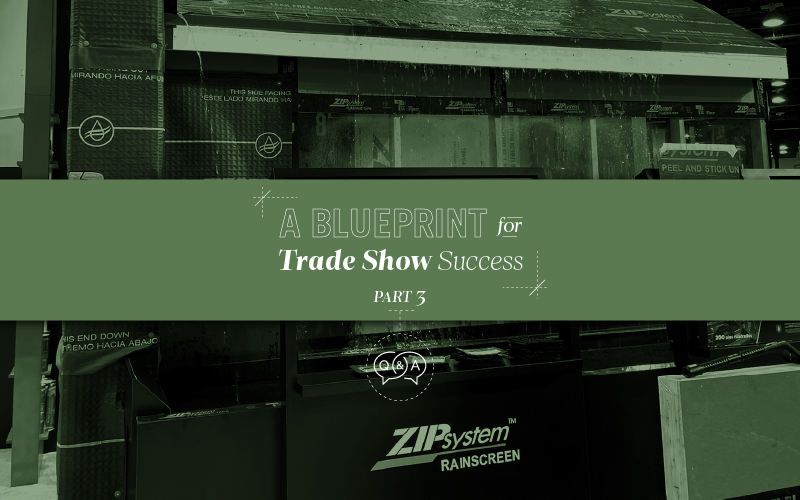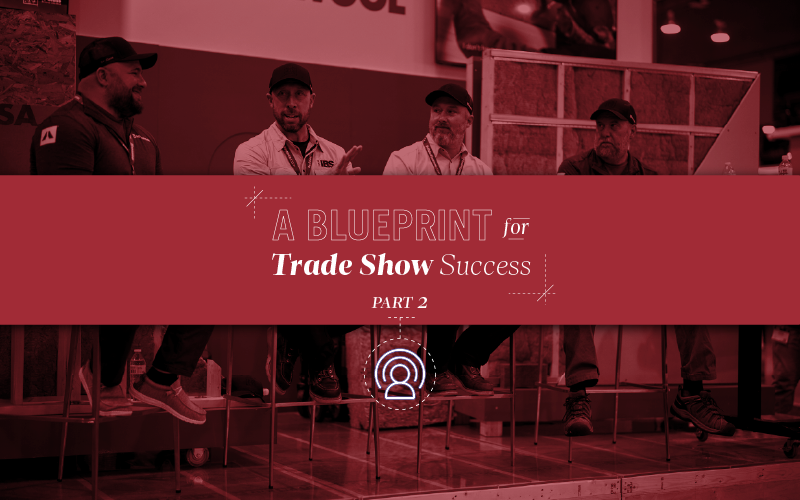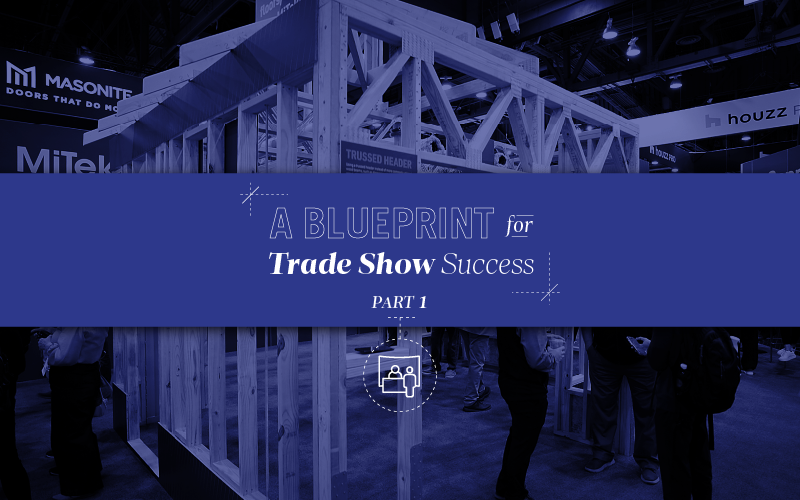Content Marketing
Public Relations
The age of content has elevated storytelling — and great interview skills are crucial for telling great stories. The Content Marketing Institute recognizes this fundamental truth, and I was thrilled to be the featured guest on their recent Twitter chat exploring the art of interviewing. Whether you frequently interview subject matter experts or sit on the opposite side of the figurative table, I hope you’ll find these tips helpful in gathering valuable material for your brand or strengthening your position as a trusted authority.
1. Research, research, research.
Great research is gold. That’s why doing your homework is critical — whether the topic is technical or inspirational, new or familiar.
If you’re conducting the interview, make sure you know enough about your topic and expert to ask compelling questions, both planned and spur of the moment.
If you’re the expert, spend some time researching the brand, publication or reporter, so you can get a feel for the types of content they share and how they position it.
2. Approach the interview as if you’re building an outline for the story you want to tell.
When I prepare to interview someone, I structure my questions like a good, old-fashioned story outline. Think exposition, rising action, climax, falling action, resolution. (Yes, I majored in English.) I think about my objective and target audience and the channels I’ll use to share the story, and I write questions that tree up to all of those considerations.
3. Steer clear of group interviews in most cases.
I say “most cases” because this can change depending on a few factors, such as the interview format (e.g., by phone or in person) and even whether the experts are a mix of female and male voices. For example, I listen to a BBC history podcast that frequently features multiple guests in one segment. Just be aware that even two voices could more than double the work needed to produce a concise, effective finished product.


